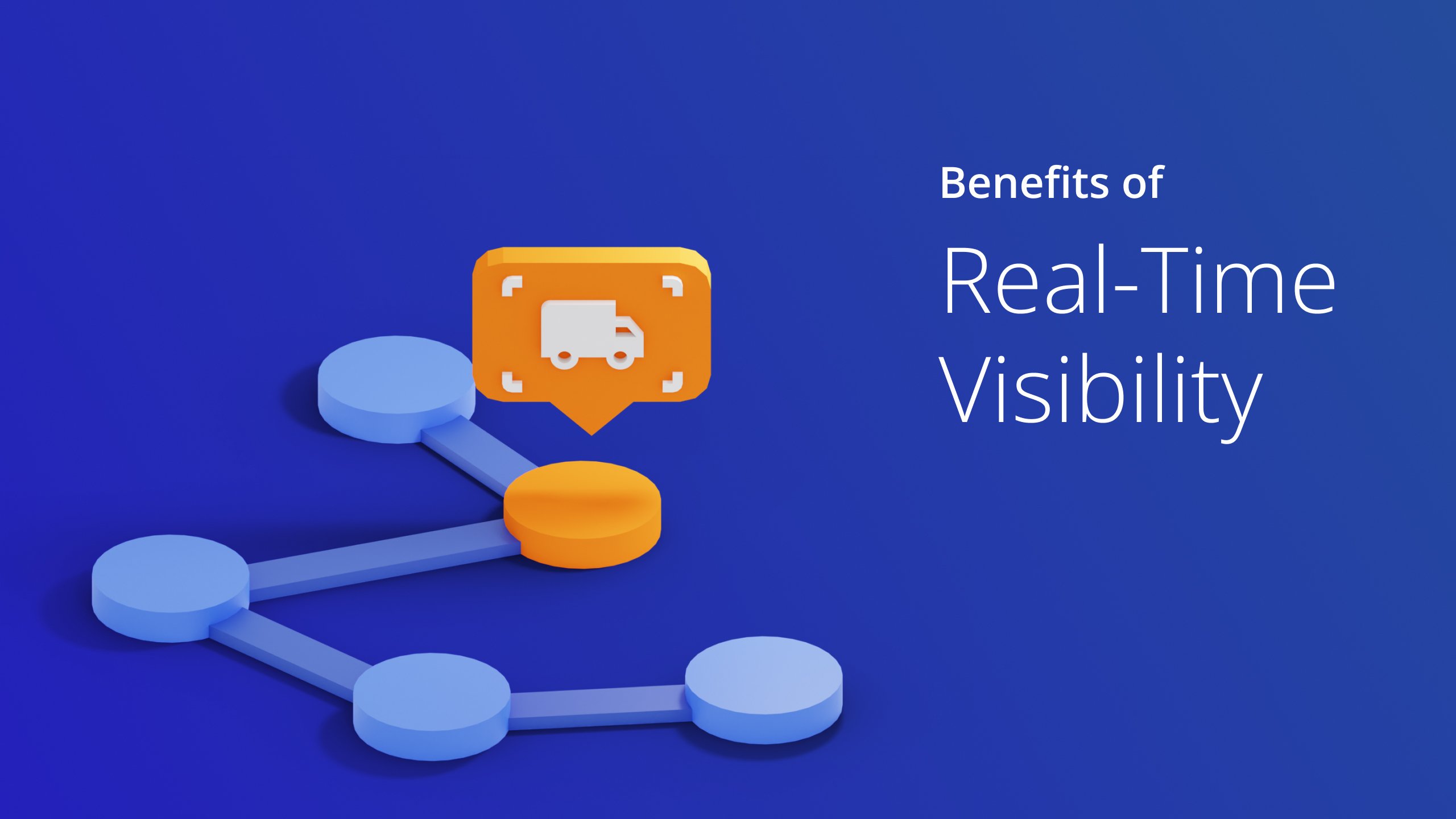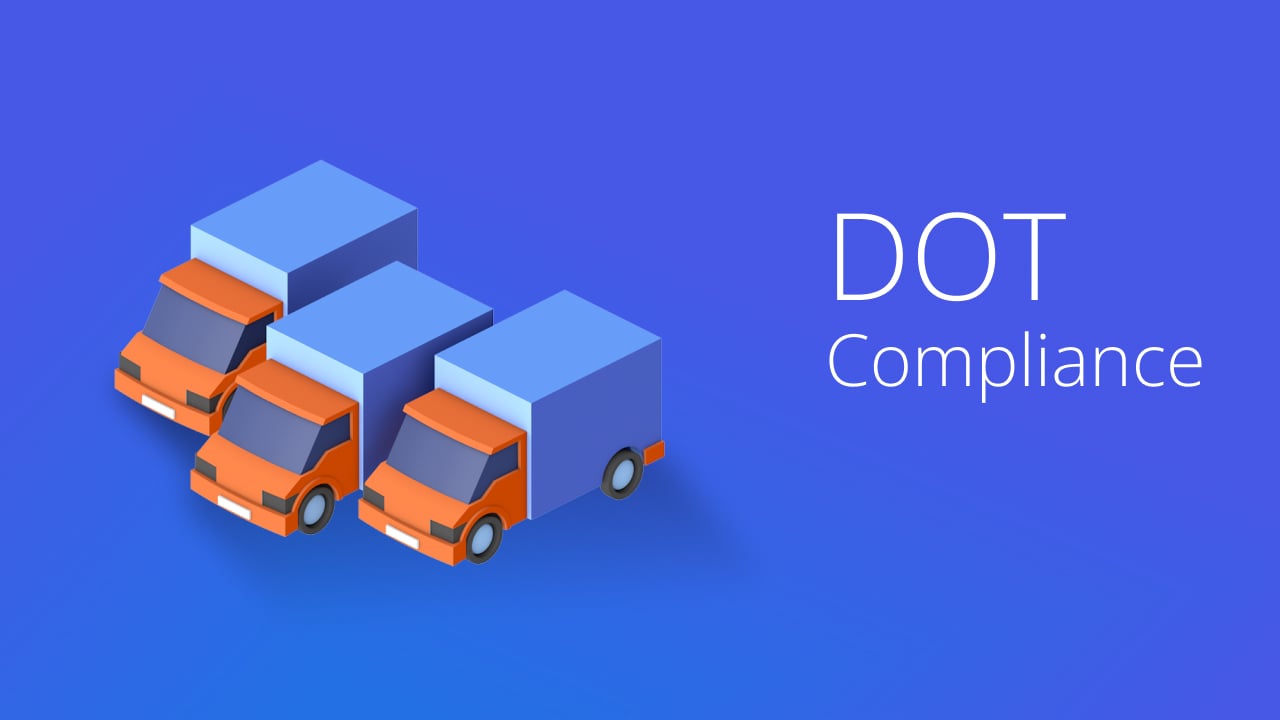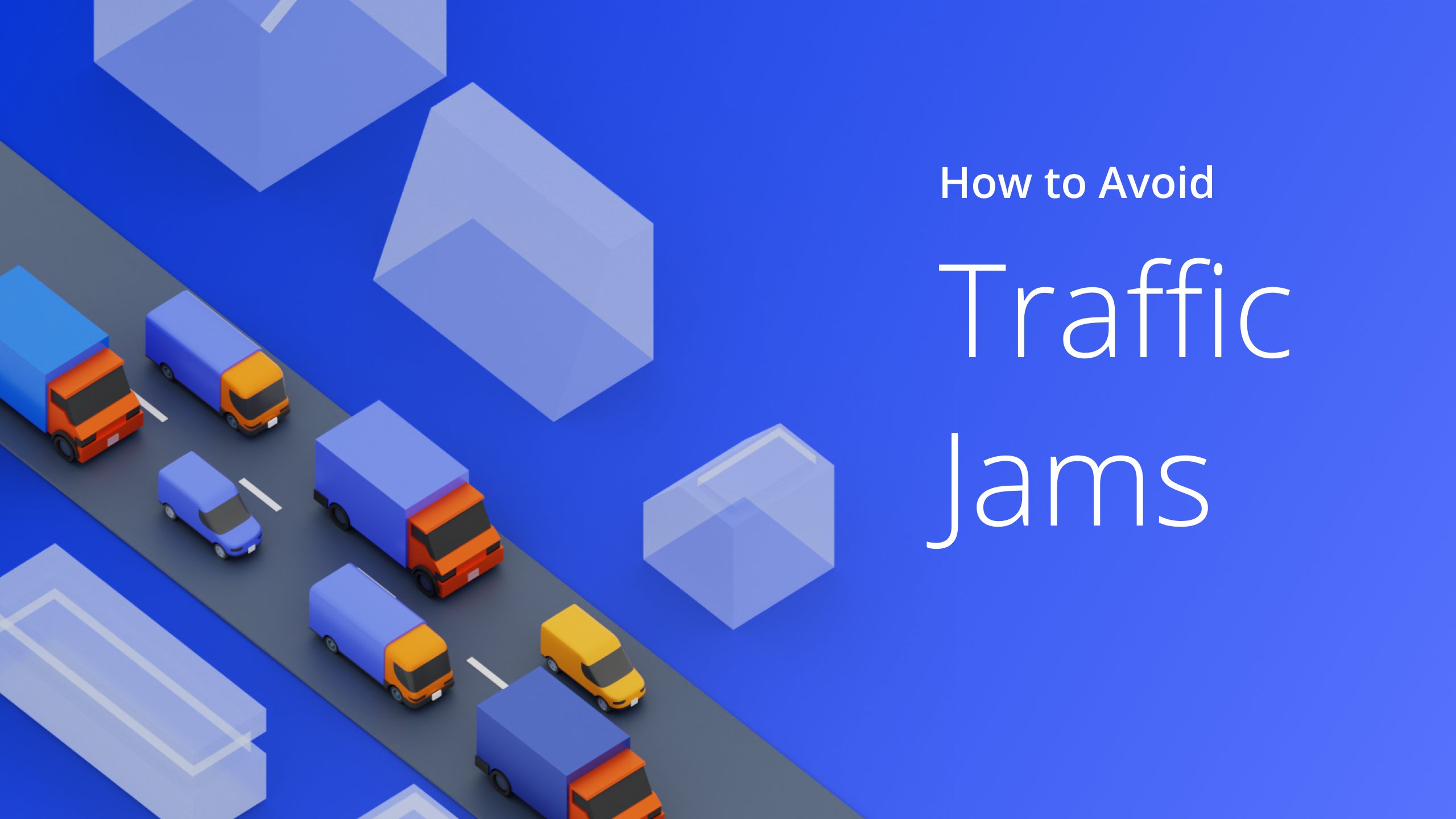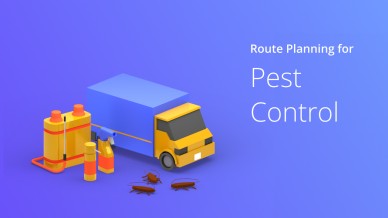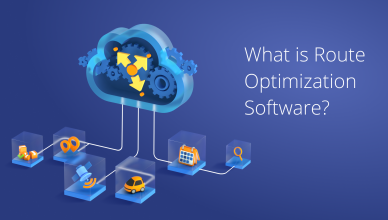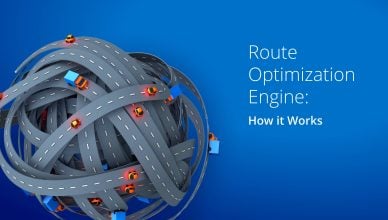Planning well-optimized routes isn’t enough. You must also ensure your service reps or drivers follow them as instructed. Otherwise, your drivers will still show up late, make your customers unhappy, and your expenses will never come down.de
Therefore, you must integrate reliable route optimization software and telematics as they help you track how your plan works in real time.
The GPS data collected from each vehicle or driver gives you critical information such as driver stop and start times at each customer location, their behavior on the road, and more.
When you feed this data into a route planner, you can see on-road activities in real time and how they perform compared to what you planned. You can then use the information to improve operational performance and customer experience.
A route optimizer can automate the process to help you address issues proactively and make foolproof future plans.
Let’s learn how route optimization software and telematics work together and how to fully leverage the benefits.
Table of Contents
#1 Improve Customer Experience
We all hate waiting, and so are our customers. If you keep them waiting without offering an explanation, you will lose their business and many other potential clients because of a tarnished reputation.
But, when you integrate route optimizer software into your in-cab telematics, you can provide accurate ETAs to your customers.
You can compare planned vs actual activities in real-time and get a complete visibility of your fleet throughout the day. When you have all the nitty-gritty details about your field operations, you can easily find or anticipate problems and communicate with customers promptly.
Also, providing accurate ETA ensures your customers would be available for the scheduled delivery, reducing the chances of failed deliveries.
Customers will be happy because of the transparency and reward you with recurring business and referrals. You will also have fewer calls from irate customers asking for updates and focus more on resolving complex queries or complaints that require immediate attention.
#2 Easy to Implement and Operate
Advanced route planners like Route4Me can automatically fetch data from telematics systems. Our software supports integrations with several telematics providers and almost all types of devices.
Route4Me route optimizer even enables you to customize vehicle parameters, dispatch routes to vehicles, track in real-time, monitor route progress, idling, and more.
Moreover, suppose you wish to link vehicles from a telematics provider not presently integrated with Route4Me’s multi-stop route optimization software. In that case, you can request integration by submitting your request to Route4Me’s Customer Success Team. You can also manually add or automatically import vehicles from different telematics vendors.
The Route4Me routing platform offers the capability to track drivers using its route planner apps for both Android and iOS.
Simply have your team install these apps on their mobile devices, and the apps will transmit GPS signals to the web platform at regular intervals, allowing you to monitor your drivers’ near real-time GPS locations.
You can also view your drivers’ GPS tracking history movie and track multiple drivers simultaneously on the same map.
Want To See For Yourself How Route4Me Can Help You Leverage the Benefits of Telematics?

#3 Proactively Deal with Problems
When you compare planned versus actual performance, you can quickly identify the underlying causes of the problems.
If you find any drivers deviated from the route, you can take that up with them during the daily debrief. A driver might deviate only once because of an unavoidable instance, such as a road accident. Or they could even deviate daily because they prefer having a meal break at a particular spot. That’s acceptable unless such deviation results in an extra 50-100 miles a week and causes delivery delays.
Also, real-time visibility helps you eliminate annoying events that pop up during a driver’s journey.
For example, a driver could be stuck at a specific receiving dock for a long. It could be due to the stringent security or shortage of staff at the site, causing the unloading process to drag on longer than usual.
When you integrate route delivery routing software with telematics, you will immediately know about any delay at a customer site. If the delay happens repetitively, you can resolve the issue by discussing it with the driver and the customer. You can even prioritize other stops over the ones that can take more time.
Although you may want to achieve a quick turnaround time at a customer site, making the expected duration time in your route planning software more realistic will make the schedule accurate and achievable and your drivers happy.
#4 Provides Unified Data
Every telematics service provider is distinct from each other. They gather diverse data types, store them, and present them in proprietary formats.
As a result, consolidating data from various vendors into one system requires a hefty programming effort.
The best route planners, like Route4Me, offer a telematics gateway that captures all the relevant data from your fleets automatically, maps, and combines them into a unified dataset.
This ensures all data are accessible in one format, making data access and management seamless and effective.
#5 Comply with Regulations
Telematics systems automatically capture and record driver hours to help you meet Hours-of-Service (HOS) regulations set by the Federal Motor Carrier Safety Administration (FMCSA).
Integrating the data with last-mile optimization software lets you plan routes that align with the regulation and ensure your drivers work within the permissible hour limit. This helps you prevent violations and penalties for non-compliance.
Similarly, telematics systems also monitor vehicle speed. Integrating this data with a route planner enables you to optimize routes based on speed limits. This helps you stay compliant with speed regulations and improve safety.
#6 Make Dynamic and Foolproof Plans
Utilizing historical and real-time data helps you anticipate potential challenges and plan for contingencies.
For example, your drivers may consistently experience heavy traffic during a particular time of the day in an area. The route planner can help you plan and schedule deliveries when the traffic is less or simply exclude that area in the route to avoid congestion and increase efficiency.
Also, the route optimization platform and last mile delivery software helps adjust routes in response to unexpected events. For example, if there’s a sudden road closure, the logistics route planner software can promptly suggest alternative routes, minimizing disruptions.
Frequently Asked Questions (FAQs) about Telematics and Route Planner Integration
What is telematics?
What is route optimization software?
Final Thoughts
Integrating route optimization software with telematics could be a game-changer for your business.
Telematics provides real-time data on vehicle conditions and location, while enterprise route optimization software helps plan the most efficient routes. Together, they create a synergy that maximizes efficiency, minimizes costs, and keeps your business on the road to success.
Want To See For Yourself How Route4Me Can Help You Leverage the Benefits of Telematics?



